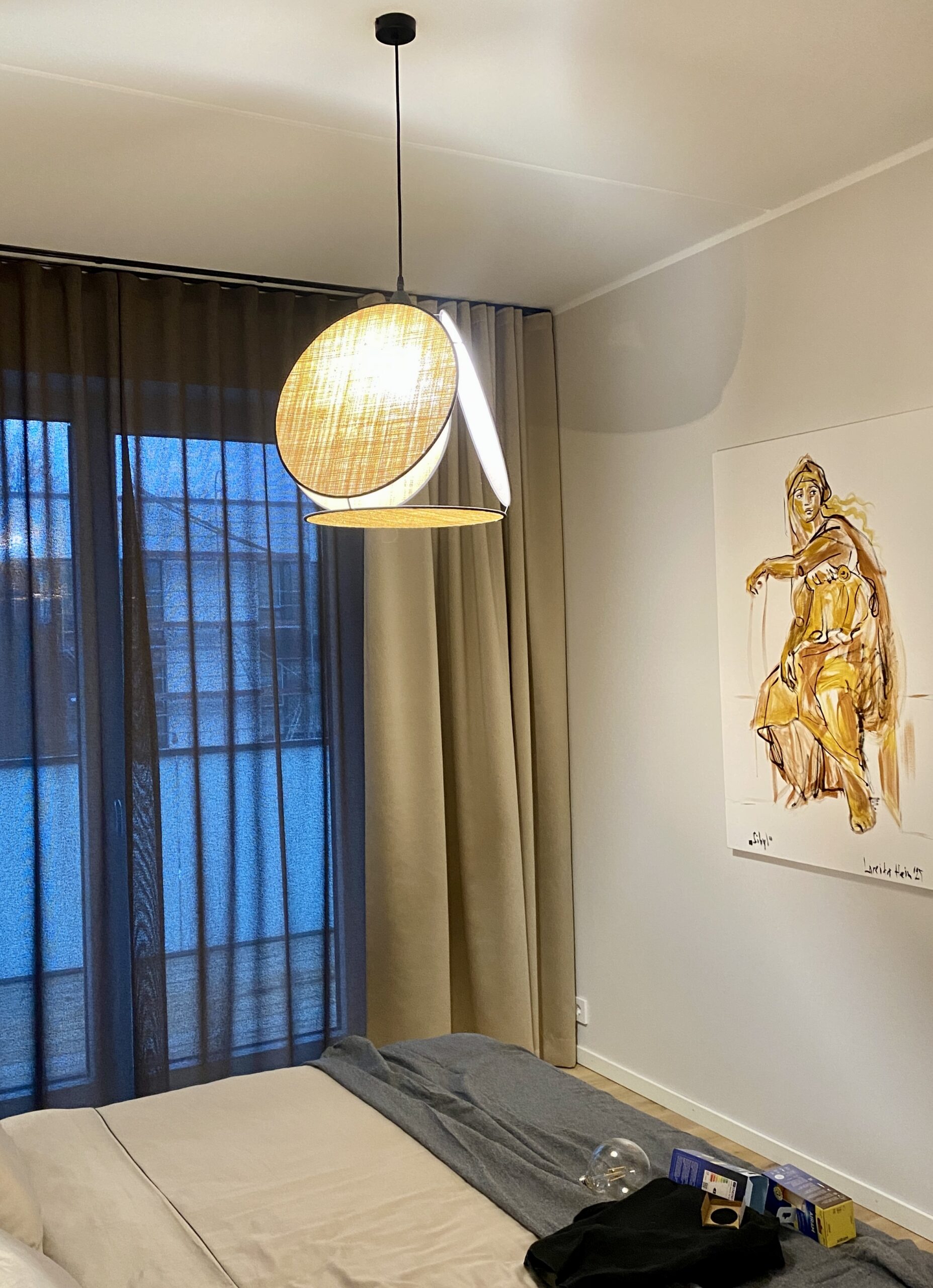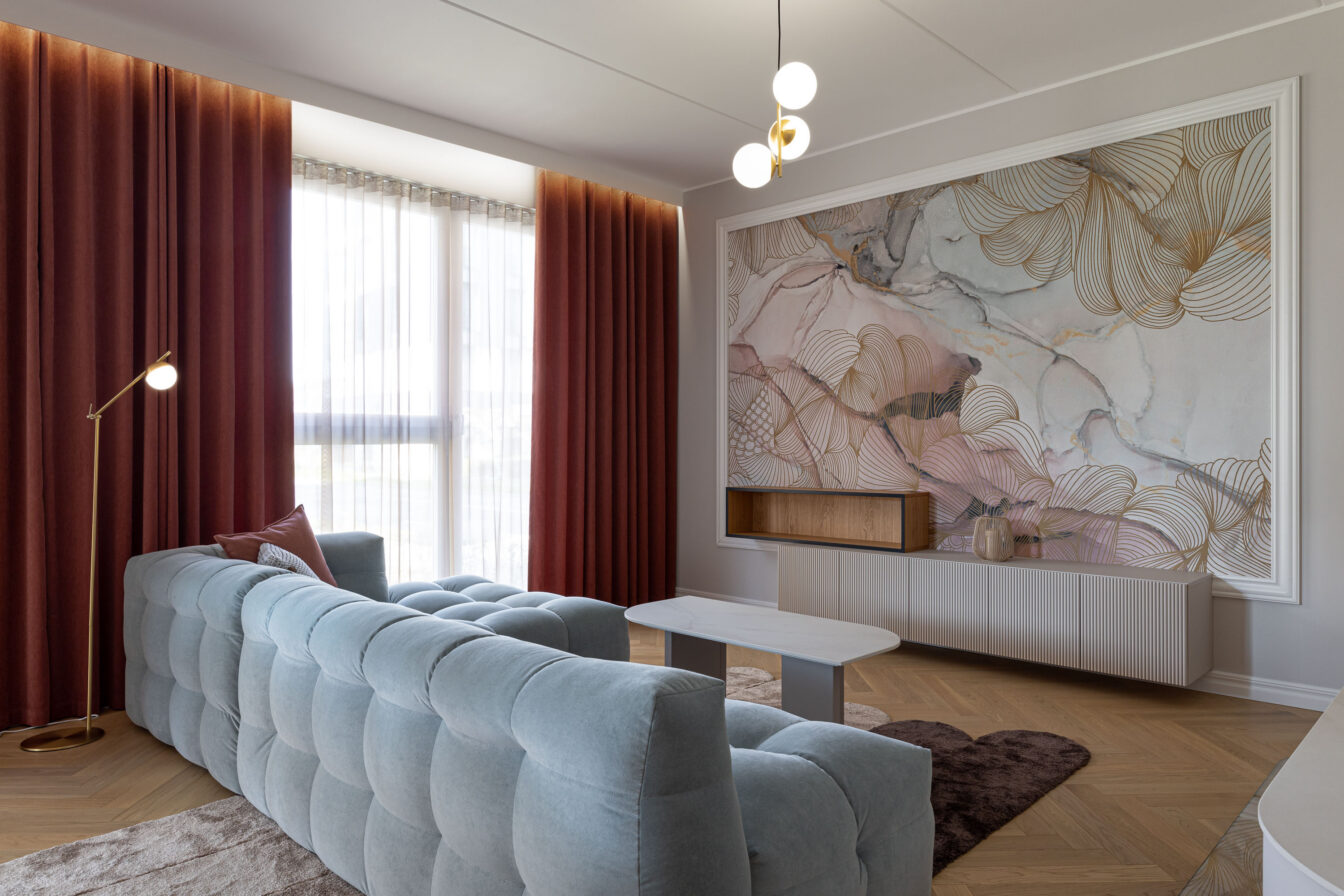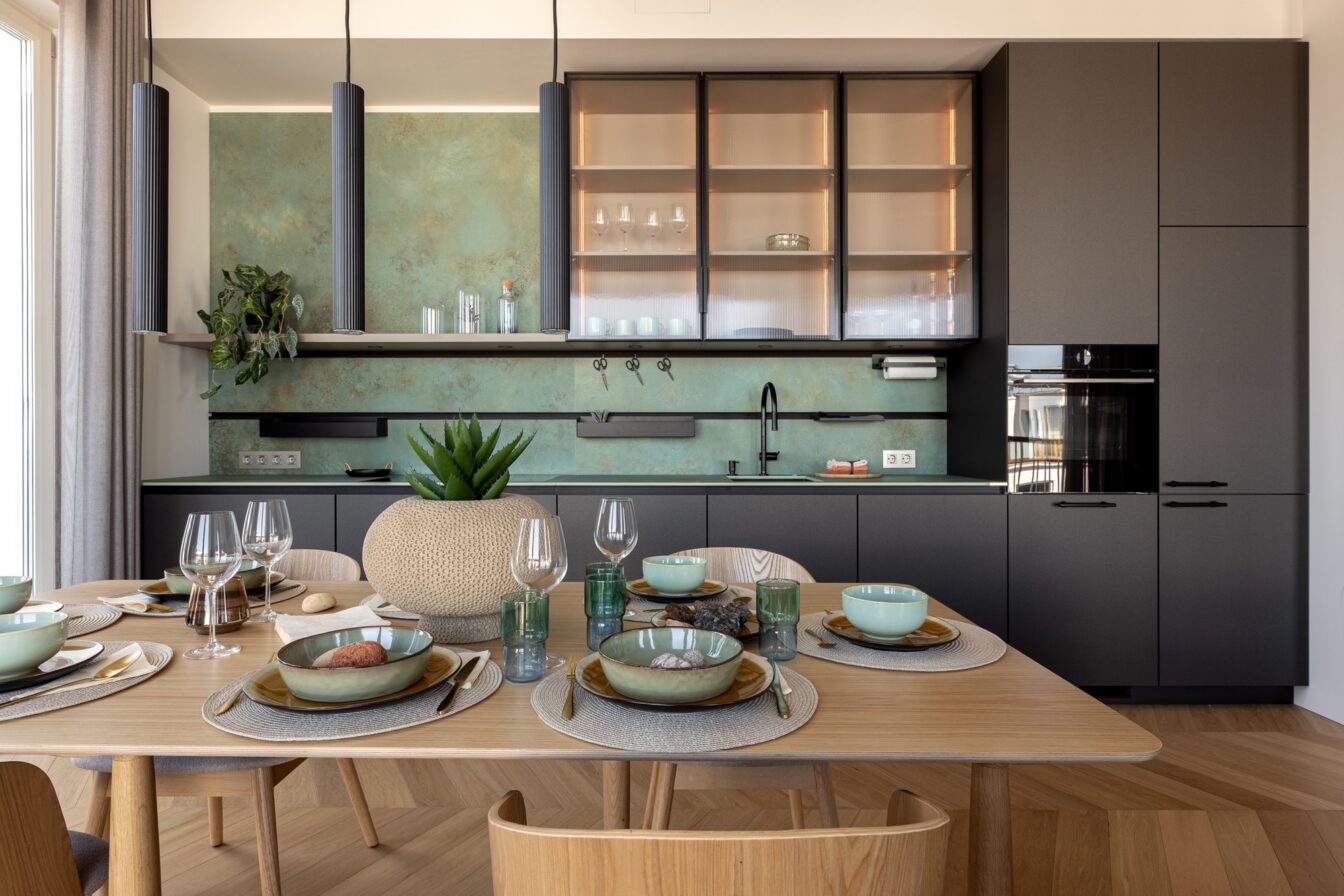What to Consider When Choosing Light Sources?
The atmosphere of a room can change significantly depending on the lighting design, fixtures, or even the light sources used. A room may feel dignified, inviting, and enviably refined, yet its atmosphere can shift dramatically if the lighting is poorly positioned or fails to illuminate key areas. Harsh light sources can overwhelm the senses, distort colours, and lead to visual fatigue, transforming the space entirely.
Therefore, when planning your lighting solution and choosing LED bulbs, it’s important to consider a few key factors to achieve a pleasing and enjoyable result.
Flicker
Flickering is common with cheaper LED bulbs, but it can also occur with high-end fixtures that have built-in LEDs. Flickering is usually caused by a subpar driver – the component responsible for converting current – which fails to deliver a stable power supply.
Flicker is more likely to occur with dimmable bulbs, particularly when the LED is turned down low. People’s perception and sensitivity vary, but flicker can subtly add to stress and fatigue – another good reason to step outside regularly and recharge in natural daylight.
Model apartment at Allveelaeva 4–74 in the Noblessner quarter, where Silman Elekter helped select the highest quality light sources.

Light Tone
Ideal lighting in a home environment is a warm-neutral white light, characterised by a colour temperature of 3000 K (kelvin). While 3500 K is also a viable option, there are few ready-made products with this specification available.
Lower value light sources (e.g., 2700 K) create cosy warm evening tones. However, once you reach 4000 K, the ambiance can become too formal for living spaces. Nonetheless, 4000 K is frequently the preferred choice for bathrooms, as it prevents light tiles from taking on an overly beige hue in warmer lighting.
Unfortunately, the same labelled product sourced from factories often produces completely different results – sometimes more yellow, sometimes more pink. Even batches from the same factory can differ. So it’s worth being prepared for surprises and a bit of experimentation.
Colour Distortion
There is, however, one reassuring factor that can help ensure a beautiful result. Mass-produced LEDs usually have a colour rendering capability of around 80%. However, for optimal results, it’s best to choose bulbs with a colour rendering index (Ra or CRI) above 95%. While hardware store options may not offer much help here, lighting showrooms and specialised professional stores will have the solutions you need.

Glare
Another crucial factor to consider when assessing fixtures – brightness. In other words, whether the light is blinding or unobtrusive.
LED lights are inherently always bright, making it important to conceal the light source. One effective approach is to direct the light toward the ceiling or wall, allowing it to reflect back into the room. A diffuser or shade that gently softens brightness can also help.
With cylindrical fixtures, positioning the light source deeper enhances the aesthetic appeal by keeping it out of sight from the side. Since many fixtures are sold with the light source being visible from every direction, you should opt for a beautiful white ‘milk glass bulb’ to ensure that the LED diode remains easy on the eyes. If the light source is visible, you should naturally exclude any ‘bulbs’ that have a large bulky driver-cooler section and logos printed prominently on them – these can visually ruin even the most elegant fixture.
The home office ceiling light at Pille 11/4–102 is boldly ribbed with tinted glass, as the room is small and functional lighting exists separately. The light source remains at its maximum intensity to prevent the room from becoming overly dim, since beige textured walls absorb more light than smooth white surfaces.
Light Intensity
For clarity, LED bulbs are labelled with the equivalent wattage (W) of a traditional incandescent bulb, since the LED’s own wattage no longer says much about its actual brightness. Light intensity is instead expressed as luminous flux in lumens (lm). Ultimately, what matters is how strongly the desired surface – such as a desk or living room floor – is illuminated in lux (lx). In public buildings, this is even regulated by standards. Watts, on the other hand, indicate future energy consumption, while the efficiency of the bulbs themselves is expressed as luminous efficacy (lm/W), or the ratio of luminous flux to energy consumption.


In Conclusion,when selecting light sources, the good old trial-and-error approach still works best. That is, you could bring home several ‘bulbs’ with different parameters – larger and smaller, brighter and dimmer, warmer and cooler – and see which one works best in your home and the specific space. As long as you keep the boxes and receipts, most stores will let you exchange the ones that don’t fit.
Of course, you can also opt for ‘smart bulbs’ whose tone and intensity can be controlled with a remote or mobile device. However, this option still raises concerns about flicker and overall visual appeal. In any case: let there be light!





